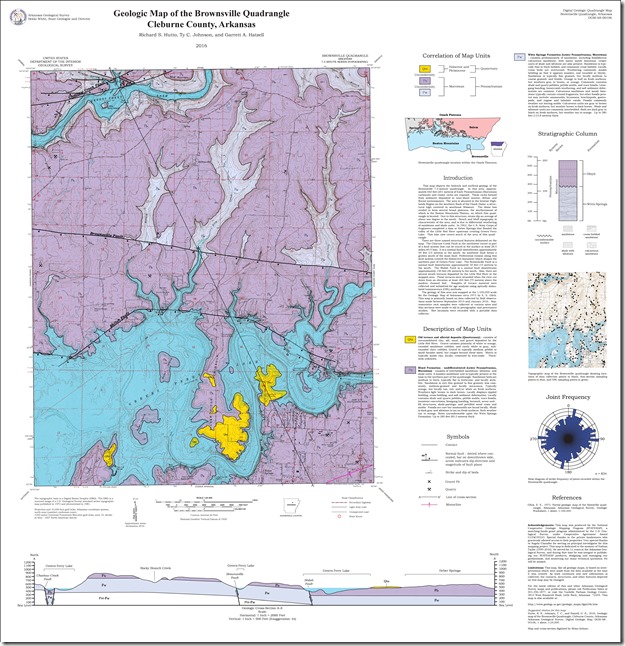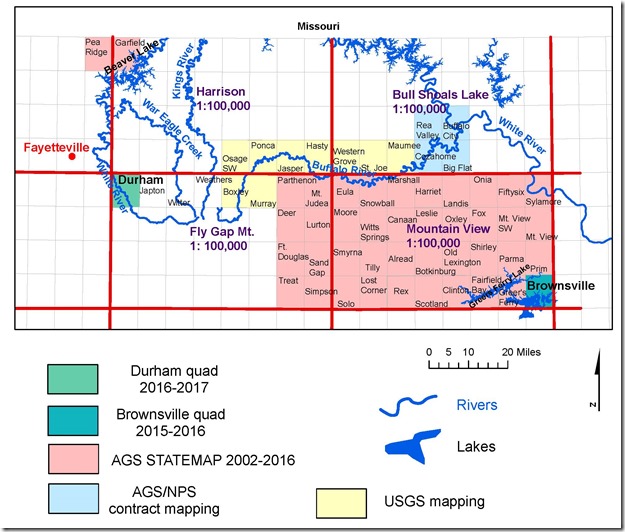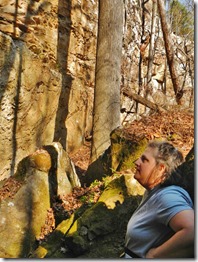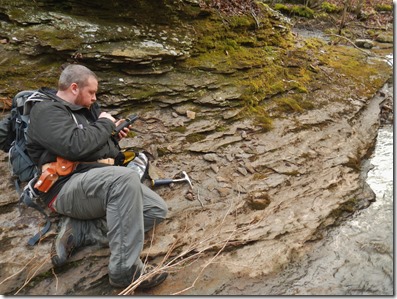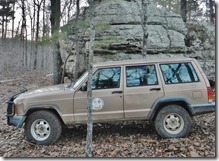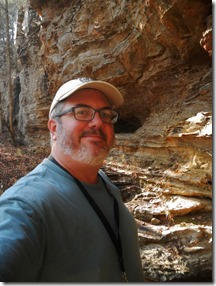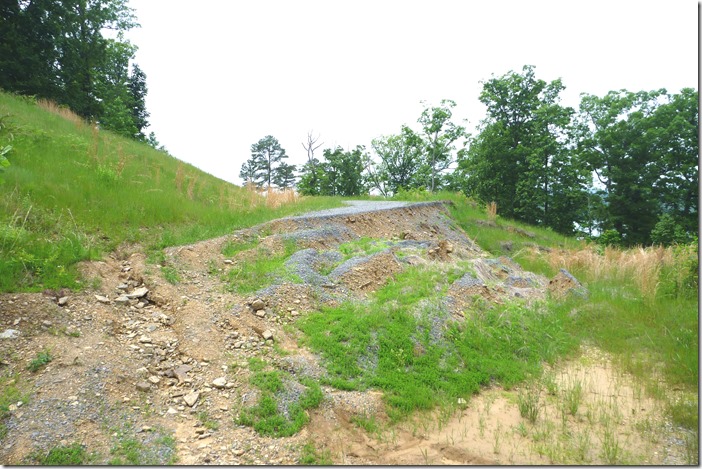Hello all!
Well, another year, another map! The Brownsville quad is now published (see map below), and a link to it will be posted on our website soon. This year marks the 22nd anniversary of Statemap, aka the National Cooperative Geologic Mapping Program, in Arkansas. Statemap is partially funded by a USGS grant, and was established to encourage the states to map their surface geology at the 1:24,000 scale. To date, our mapping teams have completed thirty-three quadrangles in the West Gulf Coastal Plain and, with the recent publication of the Brownsville quad, forty quads in the Ozark Plateaus.
The geology of the area around Greers Ferry Lake has never been mapped in great detail until now. Previous work had been to produce the 1:500,000-scale Geologic Map of Arkansas. Because we mapped the Brownsville quad at the 1:24,000 scale, we were able to make some observations new to science. A fault was discovered that had never been mapped previously. We named it the Shiloh Fault for the old town, now inundated by the lake, that lies along its trace. Meanders of the Little Red River channel approached this fault but didn’t cross it, probably due to encountering more resistant rock on the north side of the fault. The Witts Springs Formation had not been mapped south of the Choctaw Creek Fault before, but we were able to draw in its upper contact with the Bloyd Formation along the Devil’s Fork and several other drainages.
As on other quads around Greers Ferry Lake, we continued to find terrace deposits left behind as the Little Red River carved the valley down to its present elevation. Some of these are stranded as much as 260 feet above the current channel bottom (now located on the bottom of the lake).
For many years now, our mapping program has focused on completing the Mountain View 1:100,000-scale quad. This area encompasses thirty-two 1:24,000-scale quads and stretches from Richland Creek to Sylamore Creek on the north side and from the Illinois Bayou to Greers Ferry Lake on the south side. Now that this area is finished, our Statemap Advisory Committee has decided we should jump over to northwest Arkansas to complete work on the Fly Gap Mountain quad, just west of the Mountain View quad (see map below).
So for next year, the Statemap team is going to start work on the Durham quad in the northwest corner of the Fly Gap Mountain quad near Fayetteville. We’ll have to spend a few weeks getting our feet on the ground, so to speak, because we won’t have the benefit of already mapped quads adjacent. Fortunately, we will be very close to the type-sections for most of the formations we’ll be mapping, so hopefully, we can study the classic outcrops and trace them into our new field area without too much difficulty.
A type-section is an area, or even just an outcrop, where a particular formation was first described. They are named after a local geographic feature. Formations first described in northwest Arkansas include: the Fayetteville Shale, the Pitkin Limestone, and the Hale Formation which has the Cane Hill and Prairie Grove as members. Members are smaller, discernable units within a formation. The type-section for the Bloyd Formation, including the Brentwood, Woolsey, Dye, and Kessler Members, and the Trace Creek, which is the basal member of the Atoka Formation (named for its type locality in Oklahoma), is on Bloyd Mountain near West Fork.
I would like to take this opportunity to thank my field partners that accompanied me this past year.
I started the year with Ty Johnson, who has since moved into a permanent staff position at the Survey, so congratulations to him! He was with me for just a year, but we covered a lot of ground together. He’s now mapping the geology of the Lake Ft. Smith area with an emphasis on landslide mitigation.
The writer and also principle investigator of the Statemap grant, Angela Chandler, went out a few weeks in the late fall before we could fill the vacancy Ty left behind. No matter how much I learn, she always manages to teach me something new.
We hired Garry Hatzell, a recent U of A grad, who started fieldwork in January. He brings an enthusiastic knowledge of paleontology to the mix, and I look forward to his continued insight into the biostratigraphy of our field areas.
Without the help of these fine folks, we couldn’t have gathered the data or produced the map. Also, I would have been stuck in the office—a torture for the unrepentant field geologist.
Wish us luck on the Durham quad! And if you’re in northwest Arkansas during the next twelve months and happen to drive by a Jeep Cherokee with the AGS seal on it, be sure to stop and introduce yourself.
Until then, I’ll see you on the outcrop!
Richard Hutto


